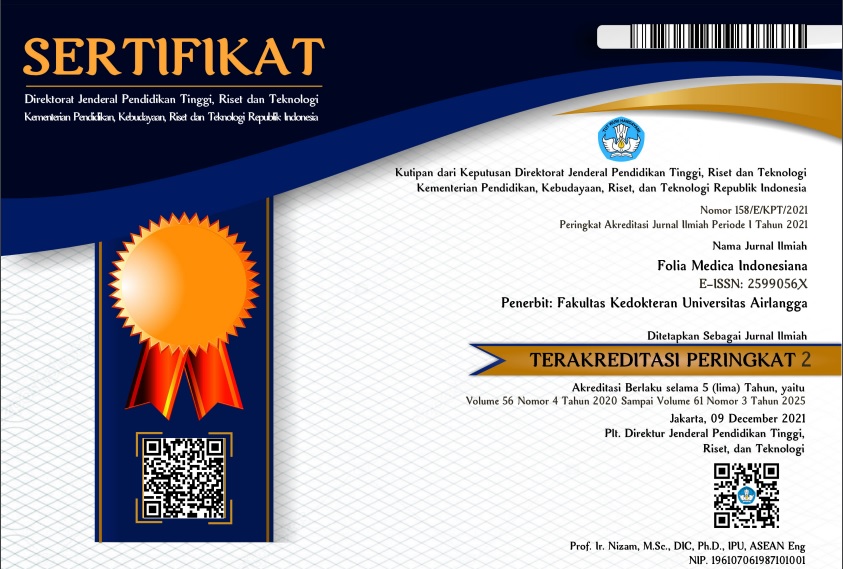Abstract
Plague disease remains a public health problem in the world. According to the International Health Regulations (IHR), an outbreak is an infectious disease that has the potential to cause an outbreak. The purpose of this study was to analyze a significant relationship between human behavior and the environment with the density of the number of rats in the focus, threatened and outbreak-safe areas in Tutur Regency, Pasuruan Regency, in 2016. This was an observational analytic study with cross correlation sectional where the research variables are population behavior, environment, and the number of rat densities observed once at a time. The results showed that there was no significant relationship between the behavior (knowledge, attitude, and practice) of the population with the density of rats in the focus area of the Surorowo hamlet outbreak, in the endangered outbreaks of the Ngaro hamlet, and in the outbreak-safe area of the North Ngandong hamlet in Tutur District. Whereas, there is a significant relationship between environmental conditions and the amount of rat density in the focus area of the outbreak of the Surorowo hamlet (p: 0.047 or p
Keywords
Plague, the density of rats, environmental conditions
First Page
260
Last Page
267
DOI
10.20473/fmi.v55i4.24393
Publication Date
12-31-2019
Recommended Citation
Lestari, Evi Noerista; Andajani, Susilowati; and Hadi, Usman
(2019)
"Correlation of Population and Environmental Behavior with Rat Density Rate in Plague Disease-Focus, Threatened and Safe Areas in Tutur District, Pasuruan Regency, 2016,"
Folia Medica Indonesiana: Vol. 55:
No.
4, Article 3.
DOI: 10.20473/fmi.v55i4.24393
Available at:
https://scholarly.unair.ac.id/fk-fmi/vol55/iss4/3






